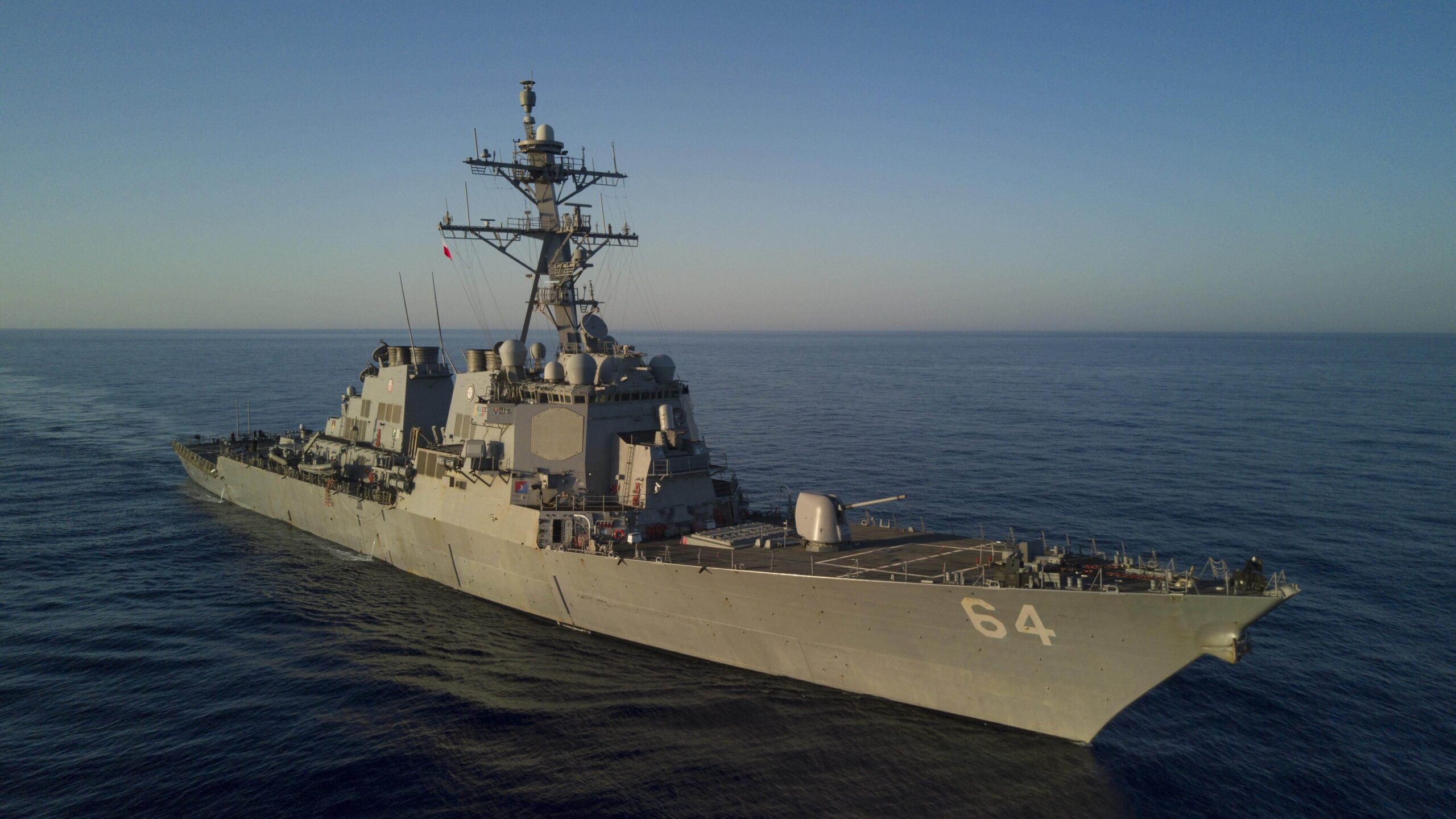

The U.S. Navy launched another attack on Houthi sites in Yemen today, two days after a series of air strikes across Yemen. The attack took place approximately 3:45 a.m. local time on Saturday, with the destroyer the USS Carney launching Tomahawk missiles at a Houthi-operated radar site.
It’s the second attack on Houthi installations, following Thursday evening’s wave of strikes. U.S. and British forces attack more than 60 targets at more than two dozen locations inside Yemen. No reports of casualties have been released.
According to CENTCOM the attack today was specifically launched to “degrade” the Houthis’ capabilities to attack ships in the Red Sea and Gulf of Aden. Following Thursday’s strikes, Houthis did fire one more missile into the Red Sea.
It’s unclear how successful today’s operation was, or how many people were killed or wounded at the radar site. Speaking to al-Jazeera, Houthi spokesperson Nasreddin Amer claimed no one was injured and there was no significant material damage. Amer promised “a firm, strong and effective response,” showing no intention of backing down. A different spokesperson told Reuters the two waves of attacks have not impeded and will not stop the group from attempting to block commercial shipping vessels in the Red Sea.
Subscribe to Task & Purpose Today. Get the latest military news and culture in your inbox daily.
So far there have been at least 28 attacks on commercial ships since mid-October. Those have included attempted hijackings, assaults via helicopter and a wave of missiles and drones launched toward ships in the Red Sea. U.S. Navy ships, as well as F/A-18 fighter jets launched from the USS Dwight D. Eisenhower aircraft carrier, have shot down a large number of those UAVs and rockets.
The Houthi movement has said its intent is to block ships heading to or from Israel, in response to Israel’s war in Gaza which started after Hamas launched a terrorist attack on Oct. 7.
On Friday the U.S. Navy issued a warning to ships flying American flags, telling them not to travel through the Red Sea and Gulf of Aden for 72 hours.
The Houthi movement emerged in the 1990s opposed to U.S.-backed authoritarian President Ali Abdullah Saleh. Following his ouster by pro-democracy groups in 2011, which the movement supported, they fell out with the transitional government and in 2014 seized the capital of Sana’a, with the support of Saleh. The country has been in a civil war ever since, with Saudi Arabia leading its own intervention and heavy bombing campaign. A ceasefire was announced in 2022, with outbreaks of violence since, although no political solution has ended the war. The Houthis currently control a large portion of Yemen, including Sana’a.
The latest on Task & Purpose
- What is the oldest military equipment still in use today?
- Arkansas Air Guard wing commander resigns over abortion policy, Governor says
- Marine Security Guard dies in Republic of the Congo
- How the military celebrates the New Year, according to combat veterans
- The history of Thompson “Tommy” guns at war